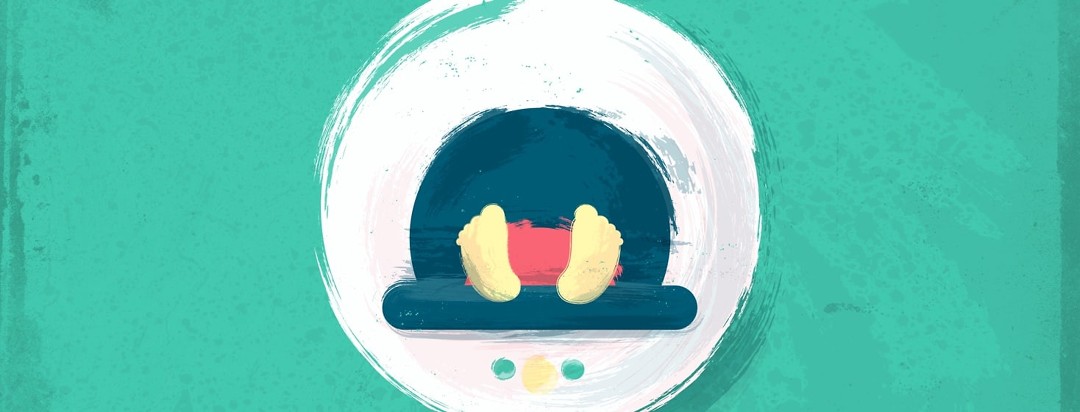Loaning My Body to Science Part 1: The Comorbidities Study
I was given the amazing opportunity to participate in the Psoriasis, Atherosclerosis and Cardiometabolic disease Initiative (PACI) study at the NIH in Bethesda Maryland. PACI is a 4-year observational study to understand the long-term effect of chronic skin inflammation on blood vessels and the way our bodies handle sugars. My wife talked me into doing it, most likely because she thought it would scare me into eating better. But all jokes aside, it was an amazing experience and I feel proud to have had the opportunity to give back to the community in this way.
What is the NIH?
I’ll start by sharing about the huge National Institute of Health campus where the study was held. I’ll be honest, I was expecting Tony Stark-esque labs and facilities. What I found, after getting through the rigorous security, were 90s style buildings that reminded me of the offices I visited for shots as a kid. You know the ones. Whitewashed walls with tacked up posters and plain wood cabinets with that ever-present smell of rubbing alcohol. The only thing that was high-tech was my admission bracelet, which allowed me to scan myself in for each appointment. Although my inner nerd was disappointed, it was refreshing to see that federal funds weren’t being wasted on fancy décor or unnecessary lavish enhancements.
My Photoshoot
The first thing they did was have me strip down to access my severity. I wasn’t too surprised when they determined I had 90% coverage on my body. In fact, I was a little relieved. I know that sounds weird, but I always have downgraded my disease by thinking others have it worse or that maybe I wasn’t as bad as I thought I was. Afterall, there are still some spots of “real” skin poking through. Hearing that my psoriasis was that severe helped me to validate the fatigue and overall crud I have been feeling for months.
Since I was already down to my boxers, what better time to take a picture! Did you guys know that they have actual medical photographers? I really thought that all those medical pictures I have seen over the years were taken with a doctor’s phone or something. After verifying these photos wouldn’t end up on some scandalous website, the photographer went ahead and took dozens of photos of each segment of my body. Then came the question I always dread: “do you have psoriasis on your bottom”? That’s right folks, I had to drop my drawers.
Pokes, Prods and PETs
The remainder of my visit was filled with blood draws, EKGs and most notably—a MRI and PET scans. The MRI was the one I was most afraid of, but it ended up not being so bad. As a dad of 3 young boys under the age of 7, sitting quietly alone for almost an hour was heavenly. I always thought I would be claustrophobic, but it isn’t like what you see in the movies. I went in feet first, not head first, and it was a gradual process.
The PET scan was a pretty cool experience overall. PET scans are not something the general public has much access to or can afford, so I felt lucky to be able to have my insides checked out so thoroughly. For the PET scan I was hooked up to an IV and given medication that slowed my heart down and opened my vessels. It sounds intense, but all I really noticed was a mild headache. I was then injected with a radioisotope called a tracer.
Results
Although I often overindulge in junk food and soda, my results came back overall positive. I have no plaque buildup in my arteries, despite the severity of my psoriasis and my lab work all looked good. The only thing that showed was I was VERY deficient in Vitamin D. I will continue to go back every year for the next three years and contribute to science that will hopefully help these amazing researchers better understand the connection between cardiovascular disease and psoriasis. The only drawback of the whole experience was that no matter how much stuff was pumped into my veins, I didn’t end up like Captain America.

Join the conversation